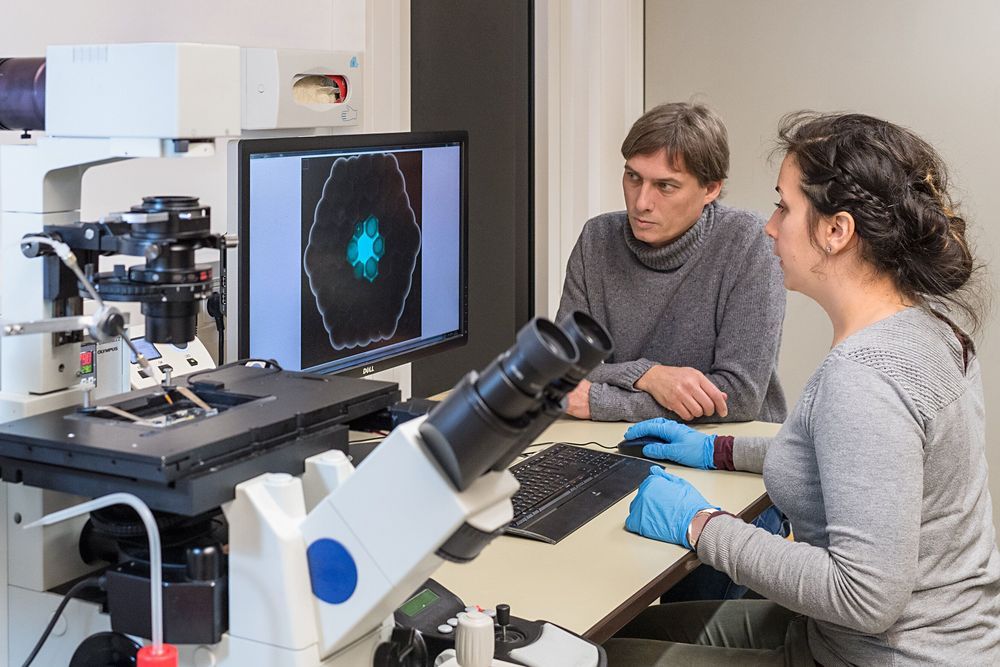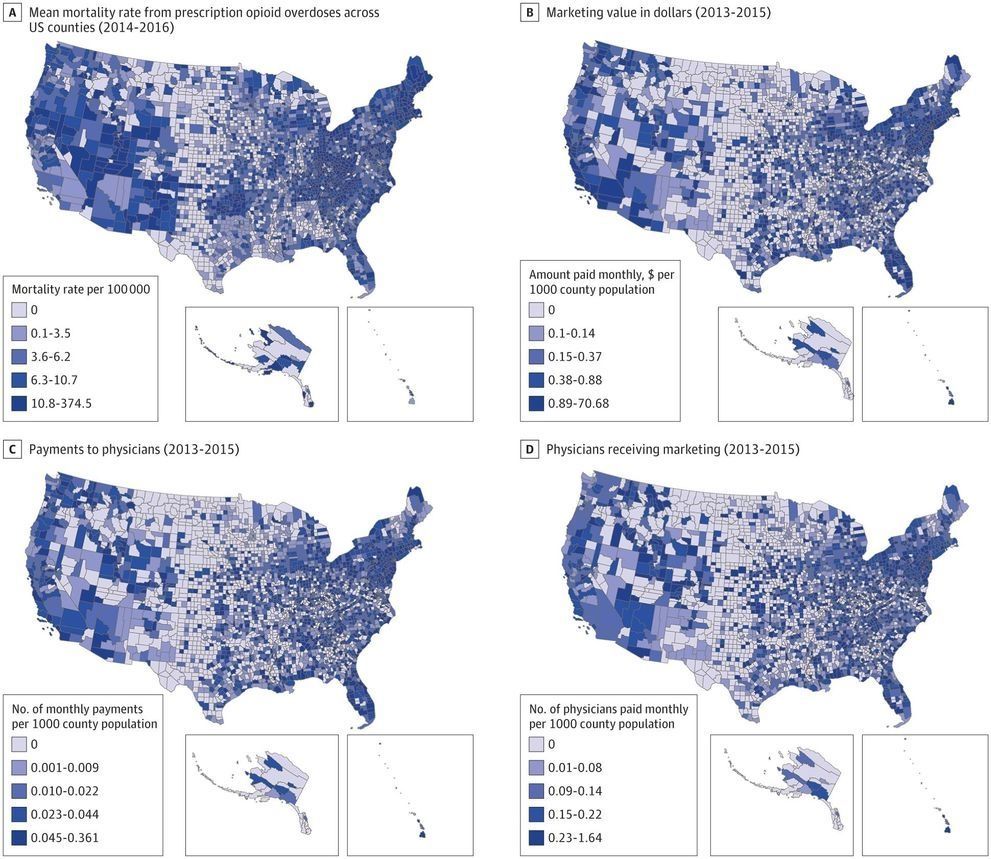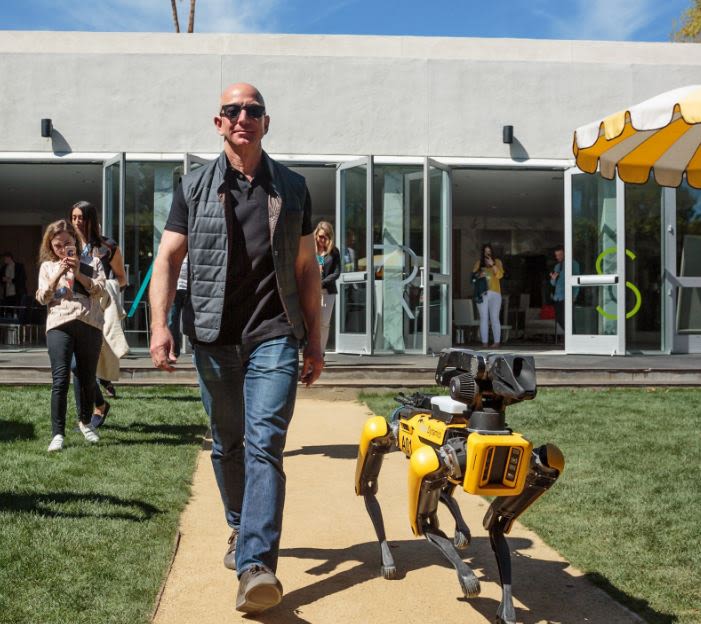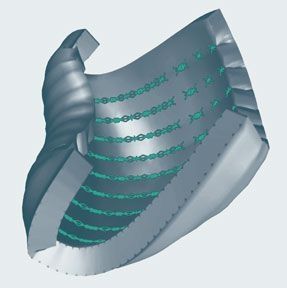Page 43
Jan 19, 2019
Artificially produced cells communicate with each other
Posted by Peter Morgan in categories: bioengineering, biological, robotics/AI
Using a modular construction kit of tailor-made cell systems, the researchers hope to simulate various properties of biological systems in the future. The idea is that cells react to their environment and learn to act independently.
The first applications are already on the horizon: In the long term, artificial cell assemblies can be deployed as mini-factories to produce specific biomolecules, or as tiny micro-robot sensors that process information and adapt to their environments.
Jan 19, 2019
Real-Life Expanding Brain Technique Is Blowing Some Minds
Posted by Genevieve Klien in category: neuroscience
It’s now possible to image an entire fly brain in just a few days, according to a new study—this might sound like a long time, but is in fact an incredible accomplishment, when you consider that the process would otherwise take weeks.
Brains aren’t easy to study—the human brain, for example, contains over 80 billion cells linked via 7,000 connections each, according to the new study published in Science. Even the far smaller fly brains are an incredible challenge to study comprehensively. The new research combines two microscopy methods to image and examine brains like never before.
Jan 19, 2019
Why it is dangerous to build ever larger big bang machines
Posted by LHC Kritik in categories: alien life, astronomy, cosmology, energy, engineering, ethics, existential risks, general relativity, governance, gravity, innovation, law, nuclear energy, nuclear weapons, particle physics, philosophy, physics, policy, quantum physics, science, scientific freedom, security, singularity, space travel, supercomputing, theory, time travel
CERN has revealed plans for a gigantic successor of the giant atom smasher LHC, the biggest machine ever built. Particle physicists will never stop to ask for ever larger big bang machines. But where are the limits for the ordinary society concerning costs and existential risks?

CERN boffins are already conducting a mega experiment at the LHC, a 27km circular particle collider, at the cost of several billion Euros to study conditions of matter as it existed fractions of a second after the big bang and to find the smallest particle possible – but the question is how could they ever know? Now, they pretend to be a little bit upset because they could not find any particles beyond the standard model, which means something they would not expect. To achieve that, particle physicists would like to build an even larger “Future Circular Collider” (FCC) near Geneva, where CERN enjoys extraterritorial status, with a ring of 100km – for about 24 billion Euros.
Experts point out that this research could be as limitless as the universe itself. The UK’s former Chief Scientific Advisor, Prof Sir David King told BBC: “We have to draw a line somewhere otherwise we end up with a collider that is so large that it goes around the equator. And if it doesn’t end there perhaps there will be a request for one that goes to the Moon and back.”
“There is always going to be more deep physics to be conducted with larger and larger colliders. My question is to what extent will the knowledge that we already have be extended to benefit humanity?”
Continue reading “Why it is dangerous to build ever larger big bang machines” »
Jan 19, 2019
The Force is not strong with you, Sasuke!
Posted by Michael Lance in category: futurism
Jan 19, 2019
Association of Pharmaceutical Industry Marketing of Opioid Products With Mortality From Opioid-Related Overdoses
Posted by Xavier Rosseel in category: biotech/medical
The study, published Friday in JAMA Network Open, looked county by county across the United States between 2013 and 2015. It found that where pharmaceutical companies spent more on meals, travel and speaking fees for doctors, there were more opioid prescriptions — and more fatal overdoses.
Question To what extent is pharmaceutical industry marketing of opioids to physicians associated with subsequent mortality from prescription opioid overdoses?
Findings In this population-based, cross-sectional study, $39.7 million in opioid marketing was targeted to 67 507 physicians across 2208 US counties between August 1, 2013, and December 31, 2015. Increased county-level opioid marketing was associated with elevated overdose mortality 1 year later, an association mediated by opioid prescribing rates; per capita, the number of marketing interactions with physicians demonstrated a stronger association with mortality than the dollar value of marketing.
Jan 19, 2019
This is how Jupiter protects Earth from asteroids
Posted by Michael Lance in category: space
Jan 19, 2019
Scott Aaronson — The Winding Road to Quantum Supremacy
Posted by Adam Ford in categories: computing, existential risks, neuroscience, quantum physics
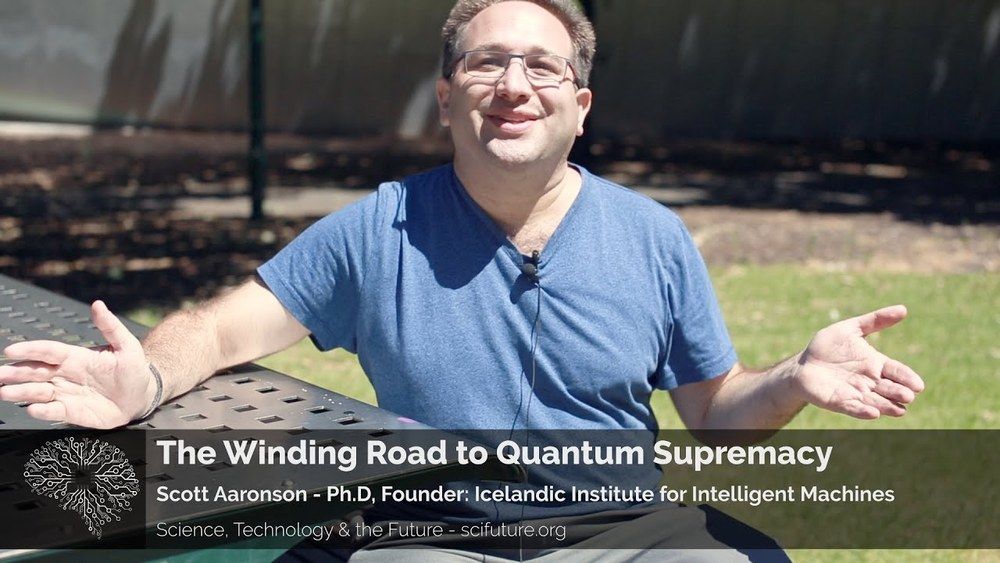
This was the first part in an interview series with Scott Aaronson — this one is on quantum computing — other segments are on Existential Risk, consciousness (including Scott’s thoughts on IIT) and thoughts on whether the universe is discrete or continuous.
First part in an interview series with Scott Aaronson — this one is on quantum computing — future segments will be on Existential Risk, consciousness (including Scott’s thoughts on IIT) and thoughts on whether the universe is discrete or continuous.
Continue reading “Scott Aaronson — The Winding Road to Quantum Supremacy” »
Jan 19, 2019
Amazon is launching a public version of its invite-only robotics and AI conference for billionaires and tech elite
Posted by Derick Lee in categories: business, robotics/AI, space
“Hear from leaders across science, academia, and business as they share the latest research and scientific advancements, industry innovation, and their perspective on how these domains will evolve,” Amazon’s re: Mars site says. Speakers from Amazon, MIT, UC Berkeley, NASA and Harvard are on the docket.
Amazon announces a new re: Mars conference that will gather experts in machine learning, robotics, automation and space in Las Vegas.
Jan 19, 2019
Tissue Engineers Hack Life’s Code for 3D Folded Shapes
Posted by Klaus Baldauf in category: cybercrime/malcode
Mechanical tension between tethered cells cues developing tissues to fold. Researchers can now program synthetic tissue to make coils, cubes and rippling plates.

